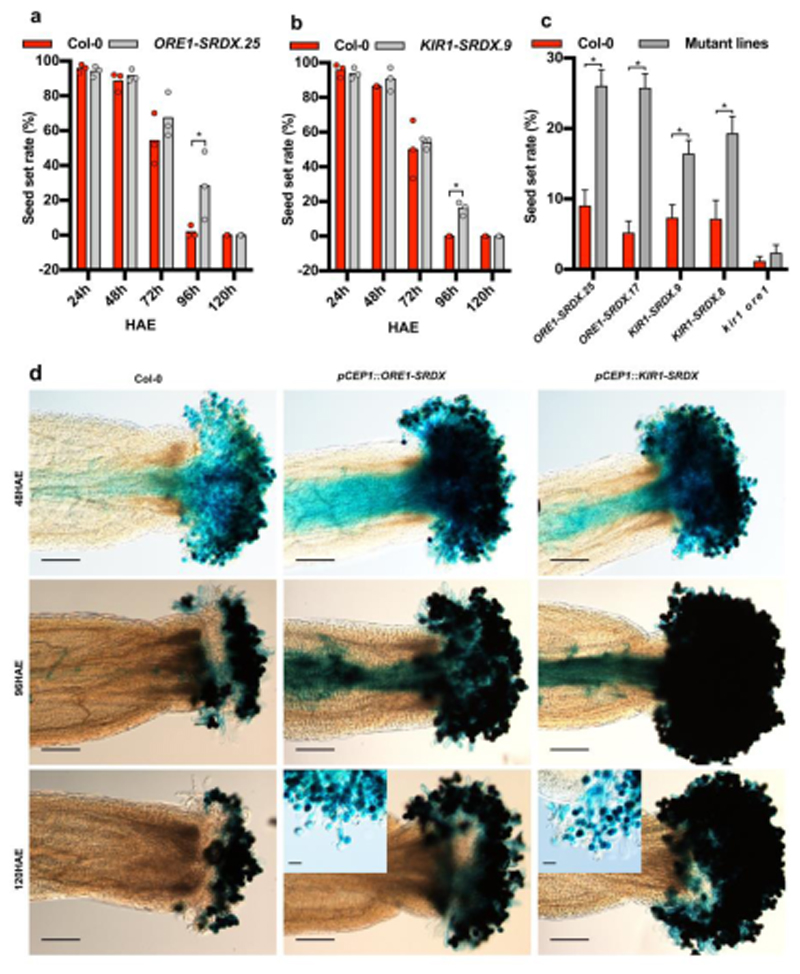Figure 7. Loss of KIR1 and ORE1 function moderately extends seed set in aged flowers.
a) Seed set assay of ageing Col-0 flowers versus ageing flowers of an ORE1-SRDX line showing a significant extension of floral receptivity only at 96 hours after emasculation (HAE). Three plants and one flower each were used per time point and per genotype; statistical differences were calculated using multiple t-test. b) The same assay showing a similar extension of floral receptivity in a KIR1-SRDX line. Three plants and one flower each were used per time point and per genotype. Statistical differences were calculated using multiple t-test; *=p<0.05. c) Comparison of the seed set in different genotypes after pollination at 96 HAE. Two independent ORE1-SRDX and KIR1-SRDX lines each show a significant extension of floral receptivity at this time point, whereas the kir1 ore1 double mutant shows no difference compared to the Col-0 wild type. * = p<0.05. Error bars show the standard error of the mean (SEM), Mean and SEM values were calculated from two independent experiments with 15 replicates, N=30. Statistical differences were calculated using multiple t-test. d) Pollen germination assay using pollen of a pLAT52::GUS reporter line. In accordance with the seed set assays, there is no qualitative difference between pollen tube growth towards the ovules after pollination at 48 HAE. In contrast to wild-type flowers, there are still pollen tubes growing through the styles in ORE1-SRDX and KIR1-SRDX flowers at 96 HAE. At 120 HAE, despite the viability of papilla cells in the ORE1-SRDX and KIR1-SRDX flowers, there are no pollen tubes growing through the style any more. In the last row of panels, higher magnification insets of ORE1-SRDX and KIR1-SRDX flowers at 120 HAE show that although many pollen grains still germinate, pollen tubes do not seem to grow effectively through the stigma any more. Scale bars, 200 µm in the main panels and 50 µm in the insets.

